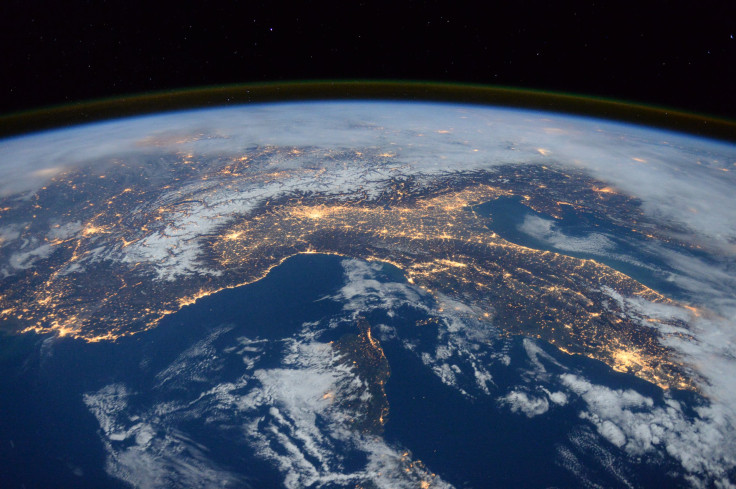Asteroid alert: The TX68 extraterrestrial rock is big enough to wipe out a city, won’t hit Earth for certain

The world seems to be eagerly waiting for March 8 when the asteroid 2013 TX68 may come extremely close to Earth but luckily not hit it. The precise trajectory and timing of its visit is still unclear and may not be known until the event actually happens.
Scientists have urged people not to panic even though the 30m-wide asteroid, the size of a basketball field, may come dangerously close to Earth and threaten orbiting satellites. According to experts, the asteroid may shoot past Earth inside the ring of GPS and communications satellites located about 35,900km above the equator.
However, it could also be that the asteroid may shoot past Earth 40 times the distance to the moon. In that case, there is no cause of worry. Earlier it was estimated that the 2013 TX68 would flyby Earth on March 5 at a distance ranging from 9 million miles to 11,000 miles, according to NASA.
Since the prediction was made, NASA had been continuously analysing the asteroid to have a better understanding of its orbit. Even though the distance estimates may sound alarming to some, NASA has assured that there is nothing to worry as the asteroid will most definitely not hit Earth, at least this time.
“That only happens about once per decade for large asteroids. What we know for sure is that it will not collide with Earth this month, so do not panic,” said US scientist Sean Marshall, from Cornell University in New York.
According to News.com.au, geostationary satellites are located much further from International Space Station that circles Earth at an altitude of about 400km. The geostationary satellites remain above one fixed as they have orbits matching Earth’s rotation and they circle the Equator.
“If TX68 is detected this month, that would greatly reduce the uncertainty in its orbit and allow astronomers to calculate its future trajectory much more accurately,” Marshall added.
The extraterrestrial rock may eventually pose a threat if new observations made during this month’s close pass reveal its diameter to be larger than expected.
“It’s possible but unlikely. Still, you wouldn’t want to be there if it hit. It could still wipe out a city,” said Marshall.





















